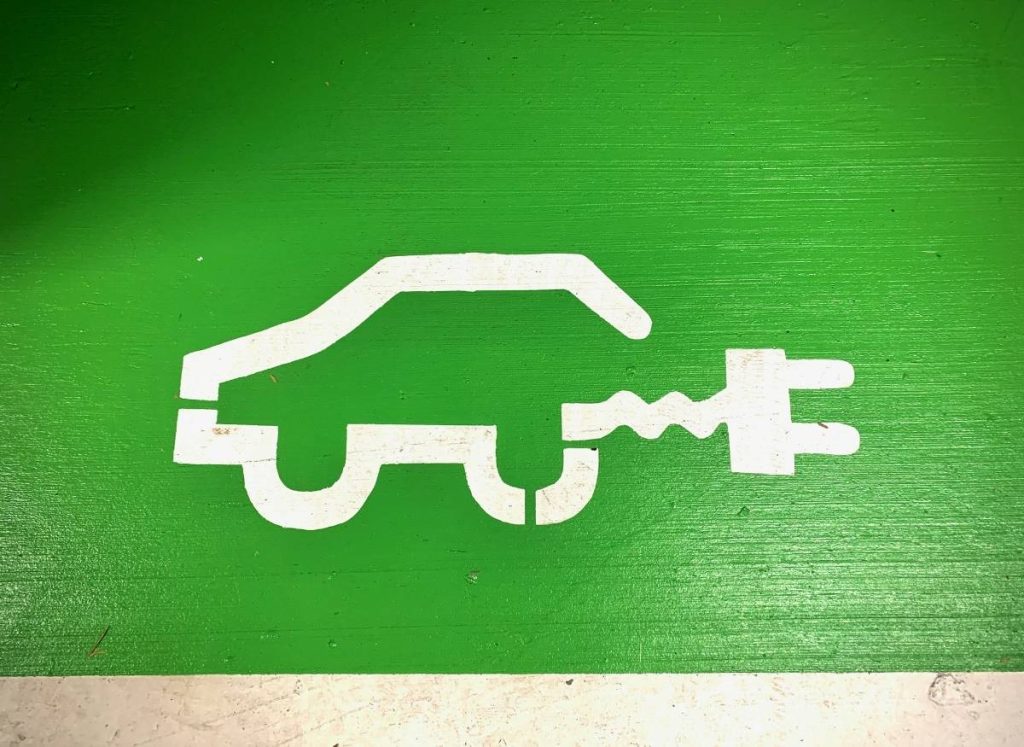As the automotive industry continues its shift toward greener technologies, hybrid and plug-in hybrid vehicles have become popular choices for environmentally conscious drivers. While both options offer improved fuel efficiency and lower emissions compared to traditional gas-powered cars, they operate differently and cater to distinct needs. Understanding these differences is key to choosing the right vehicle for your lifestyle. In this article, we’ll explore the distinctions between hybrids and plug-in hybrids and what makes each type of vehicle unique.
Hybrid Vehicles
Hybrid vehicles, or traditional hybrids, combine a gasoline engine with an electric motor to improve fuel efficiency. The electric motor is powered by a small battery that recharges through regenerative braking and the engine itself, eliminating the need for external charging.
Why This Matters
Hybrids are ideal for drivers looking for improved fuel economy without changing their driving habits. They offer a seamless transition for those used to gas-powered vehicles, as no charging infrastructure is required. Popular models like the Toyota Prius and Honda Accord Hybrid are known for their reliability and practicality.
What to Watch For
Fuel Efficiency: Hybrids excel in city driving, where regenerative braking maximizes battery usage.
Affordability: Hybrids generally cost less than plug-in hybrids, making them a budget-friendly option.
Limited Electric Range: The electric motor in a hybrid only supplements the gas engine, so it doesn’t offer full-electric driving capabilities.
Plug-In Hybrid Vehicles (PHEVs)
Plug-in hybrids, or PHEVs, take the hybrid concept a step further by incorporating a larger battery that can be recharged via an external power source. This allows them to drive on electric power alone for a certain distance before switching to the gasoline engine.
Why This Matters
Plug-in hybrids bridge the gap between traditional hybrids and fully electric vehicles (EVs), offering the benefits of electric driving without range anxiety. Models like the Toyota RAV4 Prime and the Ford Escape PHEV can travel up to 40 miles on electricity alone, making them ideal for short commutes or errands.
What to Watch For
Electric Range: PHEVs provide enough electric range for most daily commutes, reducing reliance on gasoline.
Charging Requirements: Access to a home charger or public charging stations is necessary to fully utilize their capabilities.
Higher Costs: PHEVs are typically more expensive than traditional hybrids due to their larger batteries and added technology.
Key Differences
Charging
The most significant difference between hybrids and PHEVs is the need for external charging. While hybrids recharge their batteries automatically, PHEVs require plugging in to achieve their full electric range.
Electric Driving Capability
PHEVs can operate in fully electric mode for short distances, making them more suitable for urban drivers or those with access to charging infrastructure. Traditional hybrids, on the other hand, rely on their gas engines and use the electric motor primarily to boost fuel efficiency.
Cost and Incentives
PHEVs are generally more expensive than hybrids due to their advanced technology and larger batteries. However, they often qualify for federal tax credits and state incentives, which can offset the higher upfront cost.
Why It’s Important to Know the Difference
Choosing between a hybrid and a plug-in hybrid depends on your driving habits, budget, and access to charging infrastructure. Hybrids are perfect for those who want improved fuel economy without the need for charging, while PHEVs cater to drivers looking for the flexibility of electric driving with the backup of a gasoline engine.
Understanding these differences will help you make an informed decision and ensure your choice aligns with your lifestyle and environmental goals.
Conclusion
Hybrids and plug-in hybrids each offer unique advantages, catering to different types of drivers. Whether you value convenience and affordability or want the flexibility of electric driving without range anxiety, there’s a green vehicle option for you. By understanding the key differences between hybrids and plug-in hybrids, you’ll be better prepared to choose a car that meets your needs while contributing to a more sustainable future.













